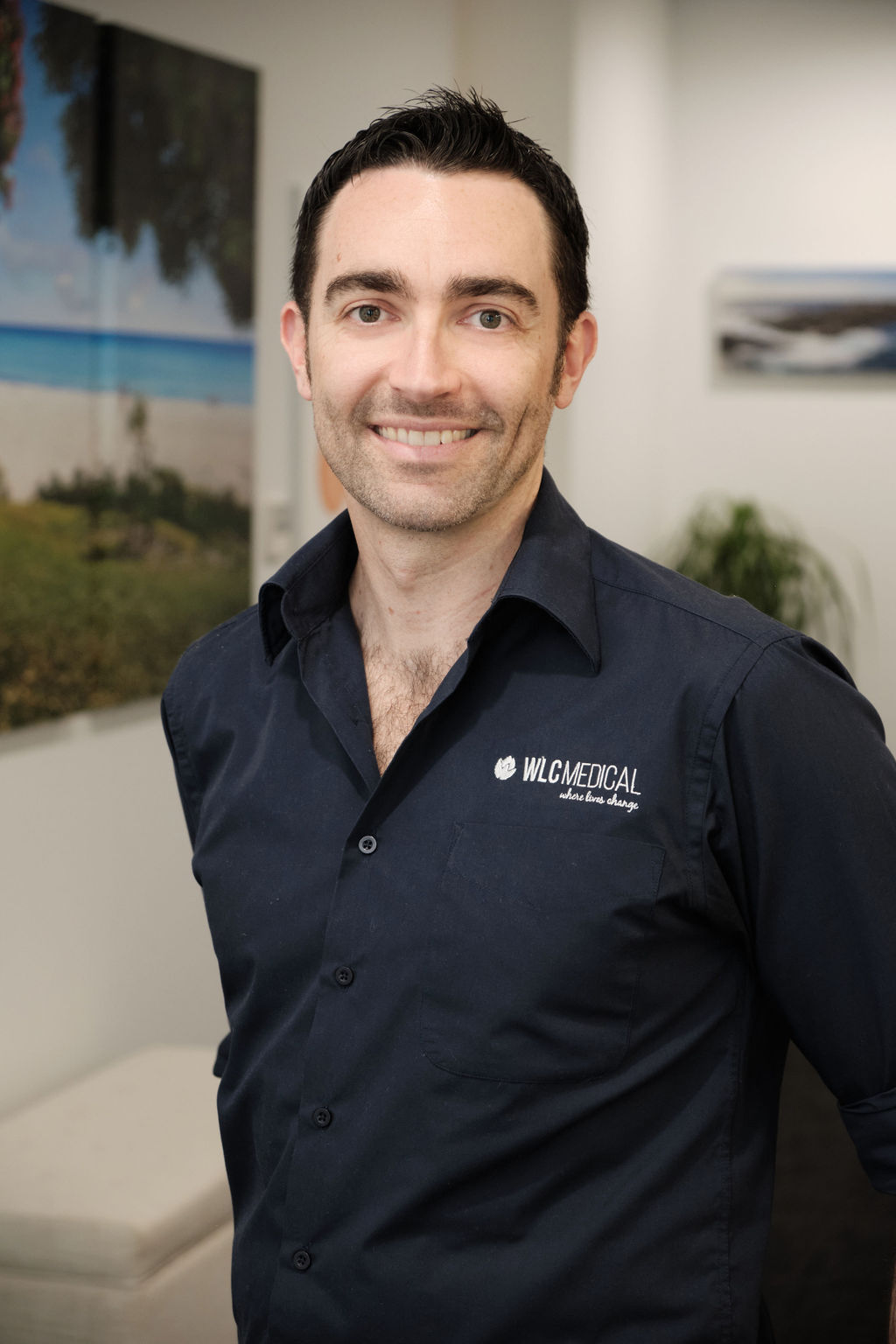Short answer: Chronic Obstructive Pulmonary Disease (COPD) is a preventable and treatable lung disease characterised by persistent respiratory symptoms like progressive breathlessness and cough.
Long answer:
Chronic obstructive pulmonary disease (COPD) is an umbrella term that includes a number of long-term lung conditions such as emphysema, chronic bronchitis and chronic asthma. The main cause of COPD is smoking.
· Emphysema: A condition where the air sacs in the lungs become damaged and stretched. This results in a chronic cough and difficulty breathing,
· Chronic bronchitis: Inflammation of the breathing tubes (bronchi). This inflammation causes too much mucus production and other changes.
· Chronic asthma: A chronic disease which means it is a long-term condition, even if you don’t experience the symptoms all the time.
COPD causes narrowing of the airways in the lung making it difficult to breathe, getting worse over time.
1 in 20 Australians aged 45 and over have COPD. It is the 5th leading cause of death in Australia.
What are the symptoms of COPD?
If you are in the early stages of COPD, you may not have any symptoms. When symptoms do appear, they may include:
· Feeling breathless
· A new or persistent cough
· Producing a lot of phlegm (mucus), which is swallowed or coughed up
Wheezing and tightness of the chest are also common symptoms.
COPD symptoms are very similar to asthma symptoms. COPD symptoms usually appear after the age of 50, don’t respond well to medicine and gradually get worse. Most people with COPD have been smokers. With asthma, people usually also have allergic conditions like hay fever. Their symptoms may flare up, but they generally go back to normal with medicine.
What are the treatments for COPD?
Many people with COPD have mild forms of the disease for which little therapy is needed other than smoking cessation. Even for more advanced stages of disease, effective therapy is available that can control symptoms, slow progression, reduce your risk of complications and exacerbations, and improve your ability to lead an active life.
The most essential step in any treatment plan for COPD is to quit smoking. Stopping smoking can keep COPD from getting worse and reducing your ability to breathe, but quitting smoking isn’t easy and may require some advice and help from your GP.
Medications: such as bronchodilators, inhaled steroids, combination inhalers and oral steroids are just some of the medications that are prescribed for people with COPD.
· Oxygen therapy: If there isn’t enough oxygen in your blood, you may need supplemental oxygen. There are several devices that deliver oxygen to your lungs including lightweight, portable units.
· Pulmonary rehabilitation program: these programs generally combine education, exercise training, nutritional advice and counselling, working with a variety of specialists who can tailor your rehabilitation program to meet your needs.
Here at WLC Medical you can see our Physiotherapist Adam Johnston who can help you with exercise training, education and muscle strain through overuse of respiratory muscles. Our Dietitian Andrea Kunneke can assist you with the correct nutritional guidance and our Psychologist Dave Simich can help you through the stresses of having a chronic disease.

